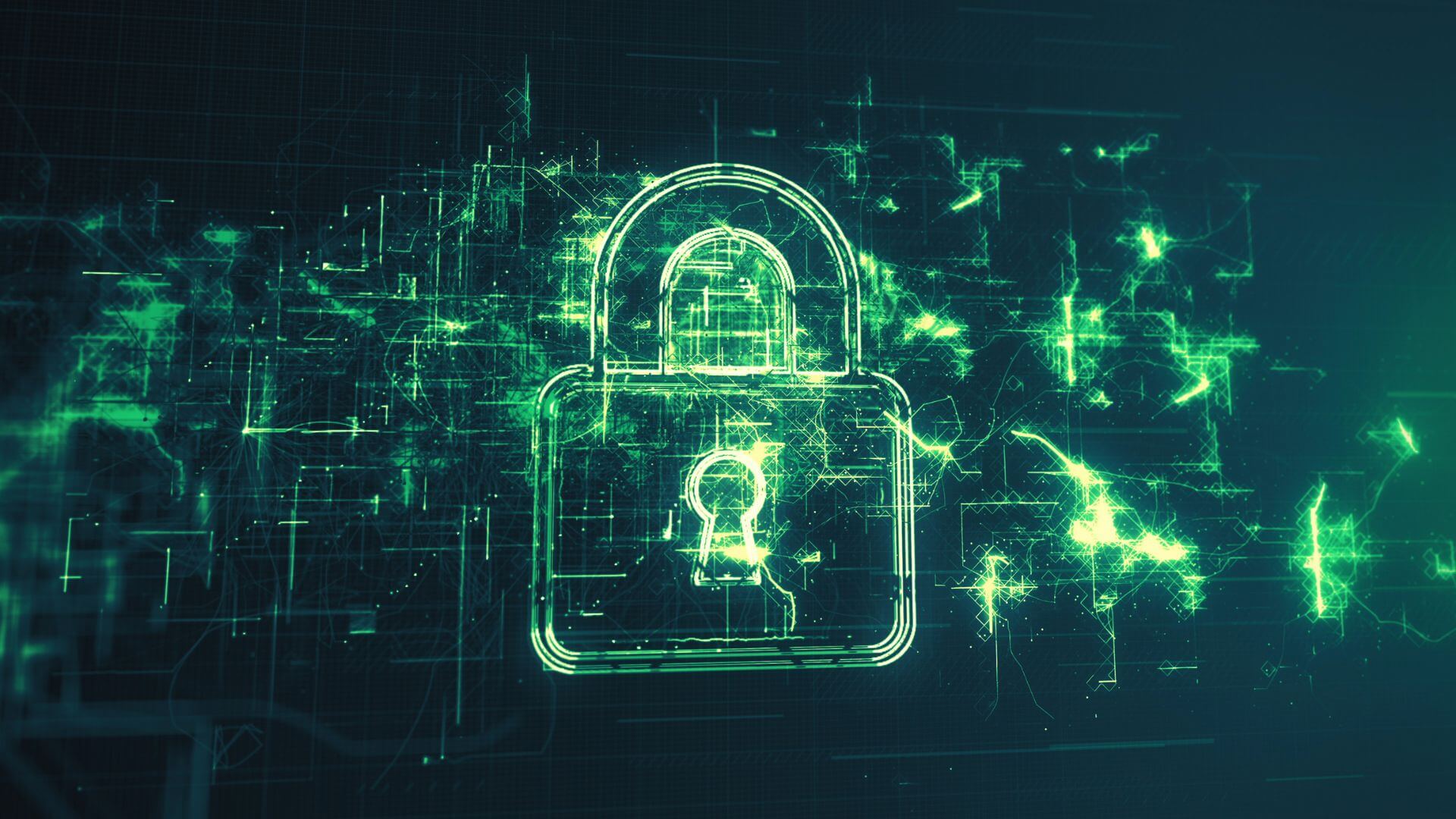Encryption is the process of converting plaintext data into a ciphertext form that cannot be read or understood without a special key or password. This ensures that sensitive information, such as credit card numbers, social security numbers, and personal messages, can be transmitted and stored securely, without the risk of interception or unauthorized access.
Whether you realize it or not, encryption is used all around us. You know those passwords we use to log in to our online accounts? That’s a form of encryption. Those SSL or TLS protocols you see on websites that show that little lock icon in the browser address bar? Yup, that’s encryption too.
But that’s just the tip of the iceberg. Encryption is also used to protect the data we send and receive over Wi-Fi networks, like in coffee shops or airports. It’s used to secure the data we store on our phones and computers, like photos and messages. And it’s even used in electronic payments and banking to keep our financial information secure.
Encryption is an essential tool for protecting privacy and data protection because it ensures that only authorized individuals or systems can access and use sensitive information. It helps to prevent unauthorized access to personal and sensitive data, which can be used for identity theft, financial fraud, and other forms of cybercrime.
Encryption also helps to protect data from government surveillance and unauthorized access by third-party companies. For example, end-to-end encryption used by messaging apps ensures that only the sender and recipient of a message can read its contents, and not even the service provider or government agencies can access it.
Overall, encryption is a critical tool for safeguarding personal privacy and ensuring the security of sensitive data in the digital age.
